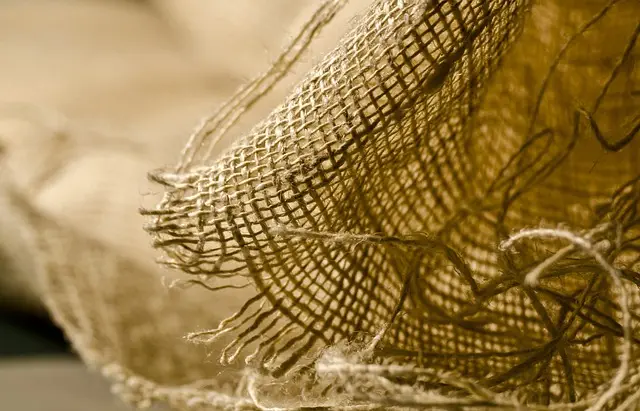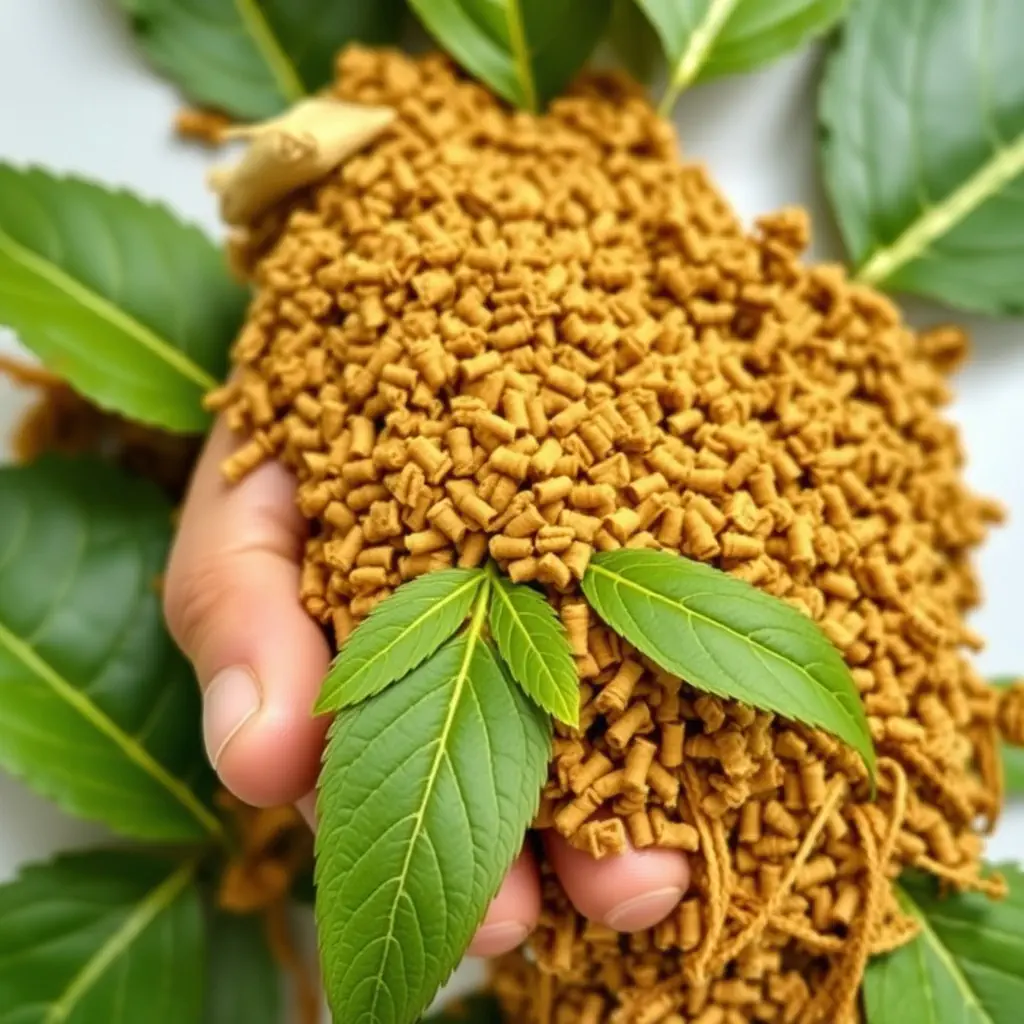Vietnamese Kratom (Mitragyna speciosa) is gaining attention for its potential role in providing muscle soreness relief due to its rich alkaloid content, including mitragynine and 7-hydroxymitragynine. These compounds are believed to interact with opioid receptors to offer analgesic benefits, which have been anecdotally and preliminarily confirmed by users for their efficacy in alleviating muscle discomfort post-exercise or from injuries. The unique environmental conditions of Vietnam influence the properties of its Kratom leaves, which may provide natural relief from muscle soreness without the common negative side effects associated with synthetic pain medications. While the scientific community acknowledges these promising effects, it also underscores the need for further research to establish clear guidelines for safe usage. Users are cautioned to follow dosage recommendations and consult healthcare professionals, considering the varying legal status of Kratom across regions. The exploration of Vietnamese Kratom's benefits in muscle soreness relief is a significant area of study that warrants continued investigation.
Explore the emergent role of Vietnamese Kratom leaves in alleviating muscle soreness. This article delves into the promising potential of this natural remedy, offering insights into its analgesic effects and how it can provide relief from pain and discomfort. We’ll unravel the science behind Kratom’s pain-relieving properties, highlighting its mechanisms that make it a compelling option for those seeking muscle soreness relief without relying on traditional pharmaceuticals. Join us as we navigate the medicinal landscape of Vietnam’s Kratom and its impact on health and well-being.
- Unveiling the Potential of Vietnamese Kratom Leaves for Muscle Soreness Relief
- Understanding the Role of Vietnam's Kratom in Alleviating Pain and Discomfort
- The Science Behind Kratom's Analgesic Properties: A Glimpse into its Mechanisms
Unveiling the Potential of Vietnamese Kratom Leaves for Muscle Soreness Relief

Vietnamese Kratom leaves have garnered attention in natural medicine circles for their potential in providing muscle soreness relief. Traditionally used in the Southeast Asian region, including Vietnam, Kratom (Mitragyna speciosa) has been a subject of growing interest due to its alkaloid profile, which includes mitragynine and 7-hydroxymitragynine, compounds believed to interact with opioid receptors in the brain. These interactions may offer analgesic effects, making Kratom a potential alternative for individuals experiencing muscle soreness. The unique geographic and environmental conditions of Vietnam contribute to the cultivation of Kratom leaves that exhibit distinct properties compared to those from other regions. Users have reported that Vietnamese Kratom strains, particularly the Red Vein and White Vein varieties, are effective in alleviating muscle discomfort post-exercise or injury, suggesting a therapeutic potential for this plant.
Furthermore, anecdotal evidence and preliminary studies indicate that certain Vietnamese Kratom leaves can offer a natural approach to muscle soreness relief without the side effects often associated with traditional pain medications. It is important to note that while the benefits are promising, further scientific research is necessary to fully understand the efficacy and optimal usage of Kratom for this purpose. Users should approach its use with caution, adhering to recommended dosages and consulting healthcare professionals, especially considering the legal status of Kratom in various countries and regions. As such, exploring the potential of Vietnamese Kratom leaves for muscle soreness relief warrants attention and further investigation within the scientific community.
Understanding the Role of Vietnam's Kratom in Alleviating Pain and Discomfort

Kratom leaves, originating from the Southeast Asian nation of Vietnam, have garnered attention in natural pain relief circles due to their potential to alleviate muscle soreness. The native Mitragyna speciosa trees yield kratom, a plant whose leaves contain a complex blend of alkaloids, primarily mitragynine and 7-hydroxymitragynine, which are believed to interact with the body’s opioid receptors, offering analgesic effects. These natural compounds have been traditionally used by locals to cope with discomfort, and recent studies are shedding light on their efficacy in managing chronic and acute pain. Users report that kratom not only diminishes the intensity of pain but also improves mood and energy levels, which can be particularly beneficial for those suffering from conditions like fibromyalgia or recovering from intense physical activity.
The role of Vietnam’s kratom in alleviating muscle soreness is multifaceted. For individuals seeking a natural alternative to synthetic painkillers, kratom offers a promising option due to its unique interaction with the body’s pain response systems. Its effects are not only limited to physical discomfort; the plant’s alkaloids also have a psychological impact, promoting a sense of well-being and helping to manage the emotional aspects of chronic pain. As such, kratom is gaining traction as a complementary approach in pain management strategies, offering a holistic solution for those seeking relief from muscle soreness without the side effects commonly associated with pharmaceutical pain medications.
The Science Behind Kratom's Analgesic Properties: A Glimpse into its Mechanisms

MIT (Mitragyna speciosa) Kratom leaves have garnered attention for their potential analgesic properties, which many individuals utilize for muscle soreness relief. The science behind Kratom’s pain-relieving effects is rooted in its interaction with the brain and nervous system. Alkaloids within Kratom, such as 7-hydroxymitragynine and mitragynine, are thought to bind to opioid receptors in the body, thereby activating them and mimicking the effects of traditional opioids without the same level of risk for addiction or dependency. These alkaloids modulate the release of neurotransmitters like dopamine and serotonin, which contribute to the sense of well-being and help manage pain perception.
Furthermore, studies suggest that Kratom’s analgesic effects are not solely due to opioid receptor activation but also involve other mechanisms. For instance, it may influence the body’s inflammatory response by affecting cytokine production, which plays a role in immune function and inflammation. Additionally, Kratom’s action on adrenoceptors might contribute to its muscle soreness relief capabilities. Users report that Kratom not only alleviates pain but also improves their overall sense of comfort and ability to move despite sore muscles. As research continues, the full scope of Kratom’s mechanisms for providing analgesia will become clearer, potentially offering a natural alternative for those seeking relief from muscle soreness.
Vietnamese Kratom leaves have emerged as a promising natural remedy for those seeking muscle soreness relief. The unique properties of these leaves, as explored in this article, offer insights into their role in alleviating pain and discomfort. Underpinning these benefits are the scientifically studied mechanisms behind kratom’s analgesic properties. As the evidence continues to grow, it is clear that Vietnamese Kratom has potential in the realm of natural pain management. Future research should aim to further elucidate its efficacy and safety for those looking to manage muscle soreness without relying on traditional pharmaceuticals.






